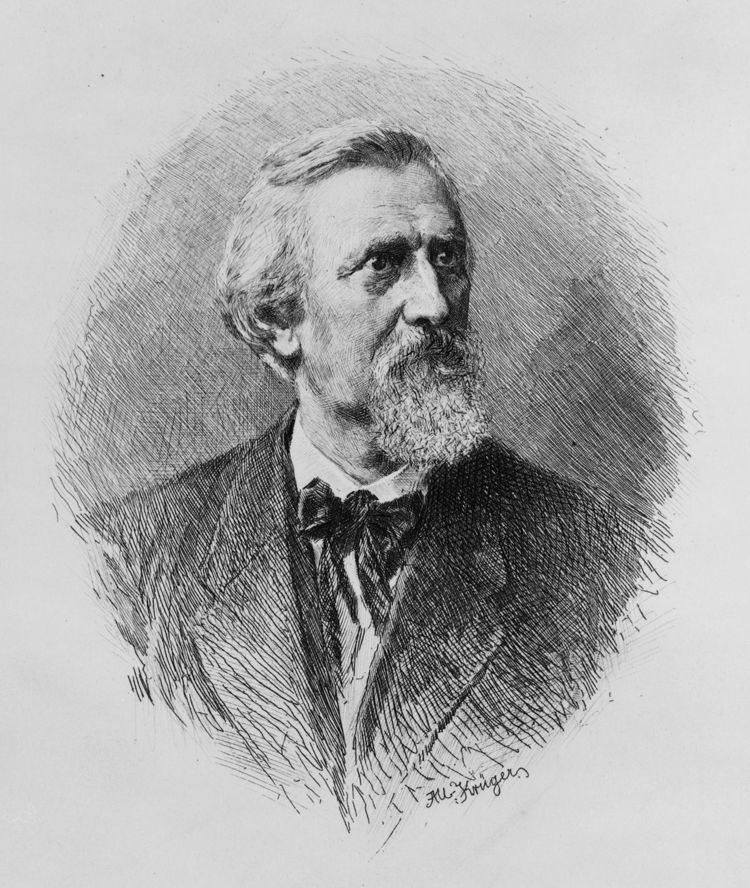Name Anton Springer | Role Historian | |
 | ||
Died May 31, 1891, Leipzig, Germany | ||
Anton Heinrich Springer (13 July 1825 – 31 May 1891) was a German art historian and writer.
Contents

Early life

Springer was born in Prague, where he studied philosophy and history at Charles University, earning a Ph.D.. Taking an interest in art, he made several educational journeys, travelling to Munich, Dresden and Berlin, and spent some months in Italy. After his Ph.D. he addressed himself to art history. He wrote a second Ph.D. thesis on Hegel's theory of history in Tübingen, where he also was involved in the political activities of the Revolution of 1848.
Work
He settled at Tübingen, but in 1848 returned to Prague and began to lecture at the university on the history of the revolutionary epoch. The liberal tone of these lectures brought him into disfavour with the ruling authorities, and in 1849 he left Bohemia and passed some time in England, France and the Netherlands. In 1852 he settled at Bonn, where he was lecturer and professor (from 1860) for art history. In 1872 he went to the University of Strasbourg, and in 1873 to Leipzig University, where he became Professor for Medieval and Modern Art at the newly founded Institute for Art History.
As a journalist and a publicist Springer advocated the federal union of the states ruled by the Austrian emperor, and asserted the right of Prussia to the headship of Germany; during the Crimean War he favored the emancipation of the small states in southeast Europe from Turkish supremacy. After many years of feeble health, he died at Leipzig on 31 May 1891.
A fiery personality, he disparaged the art historian Herman Grimm, whom, according to Kessler, he attacked from the lectern as a writer of dime novels for wealthy readers. Likewise he berated the art historian Hermann Knackfuß as "Hermann Knackwurst." Jacob Burckhardt, fully cognizant of Springer's enmity toward him, reportedly gave Springer's student Gustav Pauli a rough reception when Pauli applied to study under him in Basel.
Springer played an important role in establishing art history as an academic subject. He rejected the more literary or impressionistic approaches of his colleagues like Herman Grimm or Hermann Knackfuß. Among his own works are several treatises on occidental art: a Compendium on the Architecture of the Christian Middle Ages (1854), a Handbook on Art History (1855), a History of Fine Arts in the 19th Century (1858), Iconographical Studies (1860), a work on Contemporary Fine Arts (1875), books on Raphael and Michelangelo (1878) and (posthumously) a book on Albrecht Dürer (1892).
